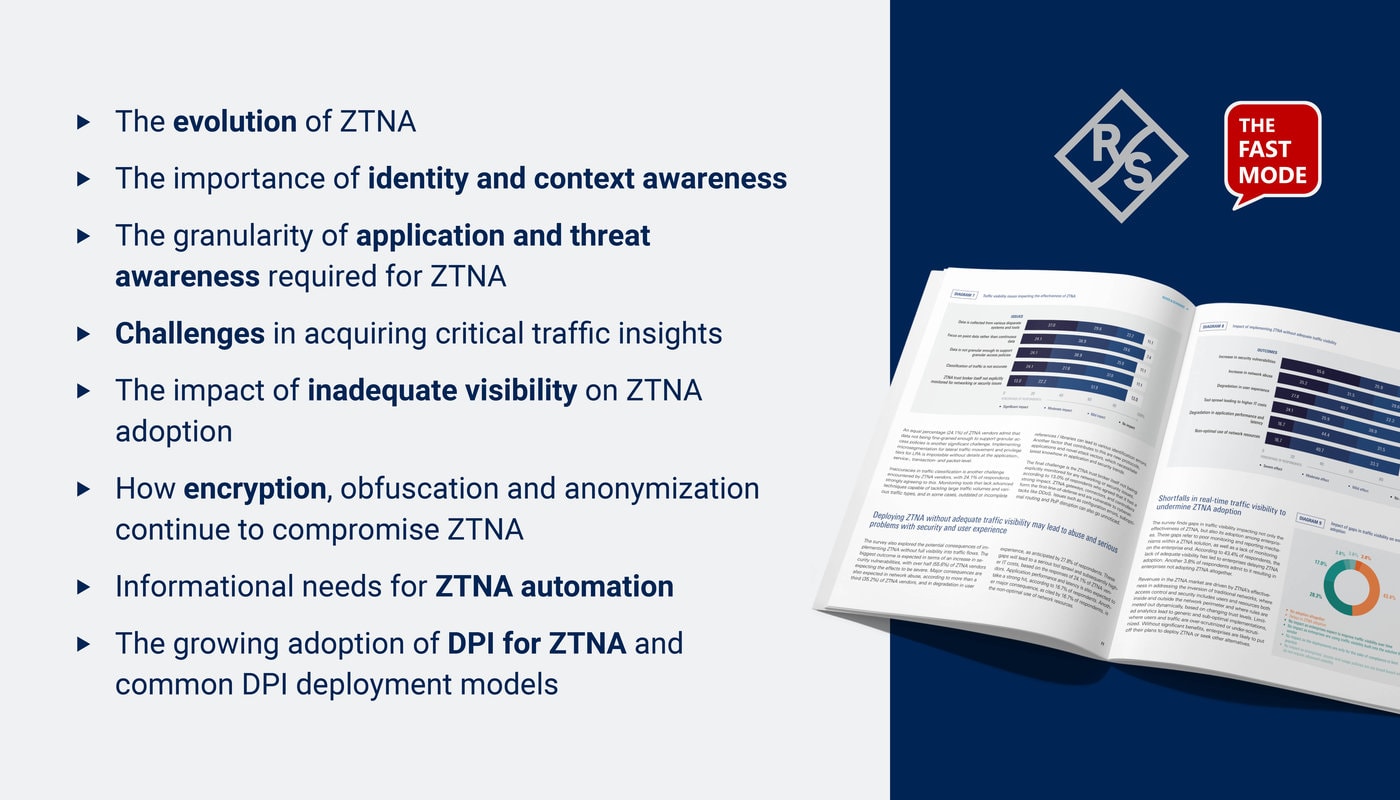Verizon and Samsung Electronics recently completed an end-to-end fully virtualized 5G data session over C-band spectrum in a live network environment.
The new milestone was reached in preparation for its upcoming 5G Ultra Wideband expansion using its newly acquired C Band spectrum. The trials, conducted over Verizon’s network (using C-band Special Temporary Authority granted to Verizon by the FCC) in Texas, Connecticut and Massachusetts, used Samsung’s fully virtualized RAN (vRAN) solution built on its own software stack and C-band 64T64R Massive MIMO radio in coordination with Verizon’s virtualized core. The trials achieved speeds commensurate with traditional hardware-based equipment.
Virtualization is critical to delivering the services promised by advanced 5G networks. Key 5G use cases such as massive scale IOT solutions, more robust consumer devices and solutions, AR/VR, remote healthcare, autonomous robotics in manufacturing environments, and ubiquitous smart city solutions, will heavily rely on the programmability of virtualized networks.
Cloud native virtualized architecture leads to greater flexibility, faster delivery of services, greater scalability, and improved cost efficiency in networks, paving the way for wide-scale mobile edge computing and network slicing. This technology enables Verizon to rapidly respond to customers’ varied latency and computing needs. Virtualization will also lower the barrier to entry for new vendors in the ecosystem. New entrants will accelerate innovation, reduce operating costs, and lay the groundwork for flexible network and cloud infrastructure closer to the customer, eventually leading to single digit millisecond latency.
Massive MIMO is an evolution in antenna arrays that uses a high number of transmitters which enables more possible signal paths between a device and a cell tower. It also reduces interference through beamforming, which directs the beam from the cell site directly to where the customer is resulting in higher and more consistent speeds for customers using apps and uploading and downloading files. This trial used Samsung’s C-band 64T64R Massive MIMO radios that support digital/dynamic beamforming, SU-MIMO, MU-MIMO and dual connectivity and carrier aggregation.
Adam Koeppe, SVP of Technology Planning at Verizon
We have been driving the industry to large scale virtualization using the advanced architecture we have built into our network from the core to the far edge. This recent accomplishment paves the way for a more programmable, efficient, and scalable 5G network.
Junehee Lee, EVP and Head of R&D, Networks Business at Samsung Electronics
We’re proud to mark another milestone following our first large-scale commercial 5G vRAN deployment for Verizon, which is currently servicing millions of users. This trial reinforces our commitment to helping operators evolve their advanced 5G networks.




















